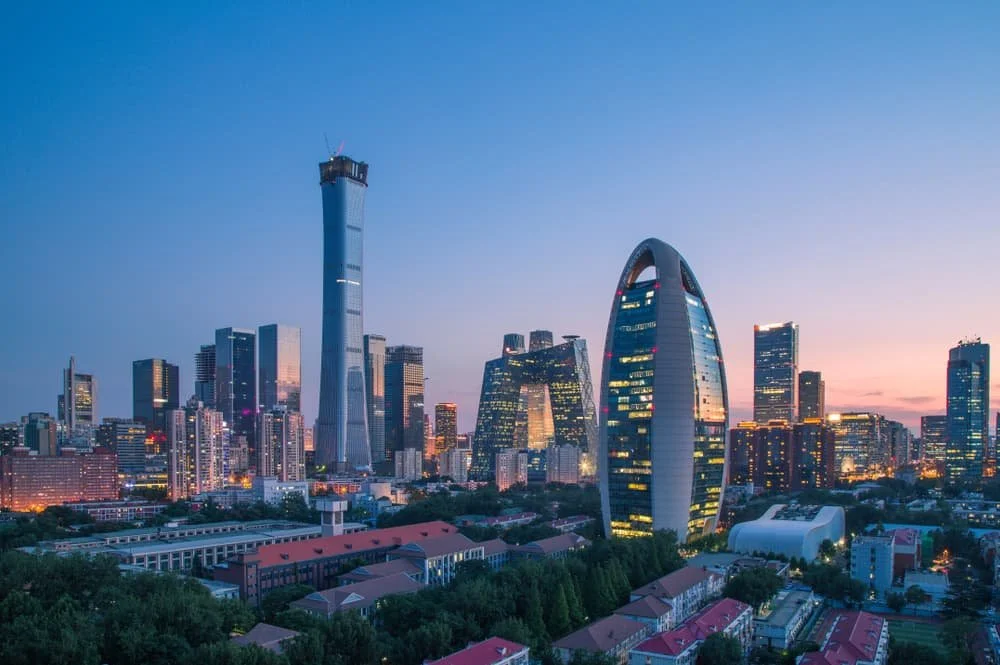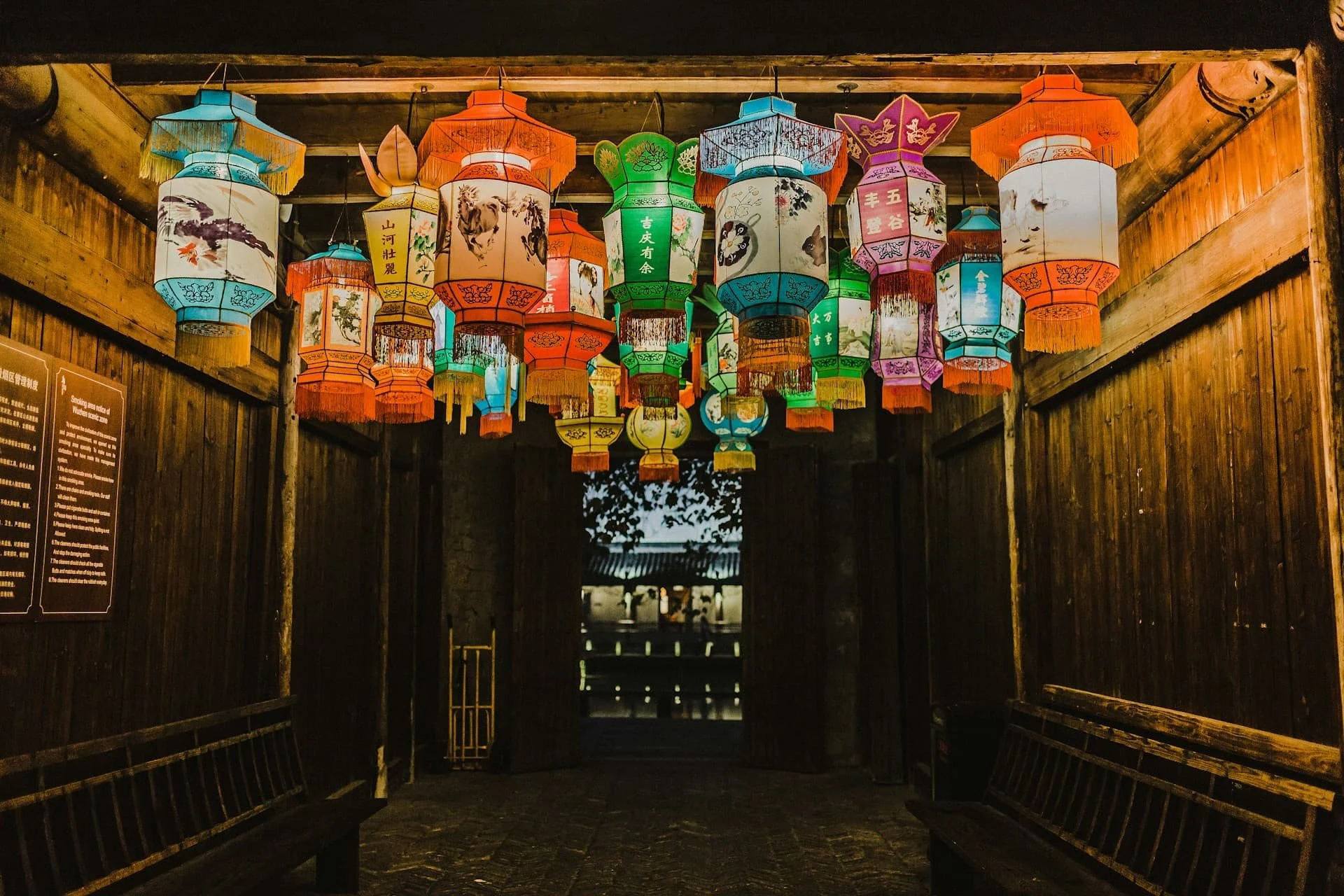Everything You Need to Know About Visiting the Grandmaster's Palace in Valletta, Malta
A quick rundown of one of Valletta’s best historic attractions
The Grand Master’s Palace is Valletta’s anchor. It tells the islands’ story through state rooms, paintings and armour, and it still serves as a working seat of government. After a major restoration, access is broader and interpretation is clearer, which makes it the best single place to understand Malta’s past and present. This guide sets out what to see, when to go and how to fold a palace visit into an easy Valletta day.
Set on St George’s Square in the centre of UNESCO‑listed Valletta, the Grand Master’s Palace has anchored power since the late sixteenth century. It still houses the Office of the President while the State Rooms and Armoury are managed by Heritage Malta for public visits. The official Grand Master’s Palace page carries live updates and any short notice closures.
After a major conservation programme the palace reopened to visitors in January 2024. Works cleaned façades, stabilised wall paintings and redesigned the route through the Piano Nobile. Local reporting confirms the scale and completion of the project in the January 2024 reopening. One change visitors feel right away is the Palace Armoury’s return to its historic hall, a space that also served as Malta’s Parliament in the twentieth century. Corridors now lead past the rediscovered Uccelliera with its painted birds. The Gobelins tapestries from the Tenture des Indes are currently away in Belgium for conservation, so it is worth checking current displays on the palace page before travel.
Opening Hours, Closures and Crowds
Heritage Malta lists current hours and any date‑specific changes on the official page. The palace is a working building, so parts of the State Rooms can close for ceremonies with little notice. The cruise calendar is a useful crowd barometer because Valletta’s numbers spike on heavy ship days. A quick look at the Valletta Cruise Port schedule helps target a quieter slot.
Crowds ease at opening and again in the late afternoon. Independent travellers who start early, pause for coffee, then loop back often find space to enjoy the Throne Room and Ambassadors’ Room without the mid‑morning tour wave.
Tickets and Passes
Advance purchase is simple on Heritage Malta’s tickets page. Concessions cover children, students and seniors, and multi‑site passes work well for a museum‑heavy itinerary across Valletta and the Three Cities. Card payments are the norm at the door.
Getting There With No Fuss
Valletta is compact and the palace sits an easy five‑minute walk from City Gate and the main bus terminus. Route planning is painless with the Malta Public Transport journey planner. From the airport, the frequent X4 bus runs to Valletta, and the airport’s own bus page has clear guidance for tickets and luggage. Taxis and ride‑hailing work fine, though many visitors find the bus faster into the traffic‑managed city.
If staying across the water, the harbour ferries make a scenic approach. Sliema and the Three Cities link directly with Valletta on Valletta Ferry Services. From the Grand Harbour quay, the Barrakka Lift rises to the Upper Barrakka terrace in under half a minute, which leaves a level stroll to the square.
What To See Inside
Visitor Centre and Courtyards
The visit starts with a compact gallery that lays out a clear timeline using models and short films. It frames the Knights, British rule and independence in one sweep, which helps the State Rooms make sense. The courtyards set a calmer pace before the climb to the Piano Nobile and give space to reset between sections.
Ambassadors’ Room
Formal portraits, gilt mouldings and coats of arms present the Order’s public face. Inscriptions and symbols connect to names seen across Valletta and the auberges. The room rewards a slow pass and a second look once the tour wave has moved through.
Throne Room
This is the grand set piece. The walls carry Matteo Perez d’Aleccio’s Great Siege cycle in a sequence that reads like a storyboard. A clockwise walk follows events from the first landings to the final retreat. Conservation work led by the University of Malta has improved legibility across the frieze and the project notes explain the approach on the university’s page about the Great Siege wall paintings. Light changes across the day and late afternoon often brings warmer tones for photography without flash.
Processional Corridors and Piano Nobile
Broad corridors carry processions toward the formal halls and they double as galleries for portraits and heraldry. The arrangement guides visitors room by room and gives a sense of how the palace worked when it was a seat of power. The official tourism entry confirms display highlights across these upper spaces and notes the rediscovered bird room on the route.
The Uccelliera
The rediscovered bird room changes the tempo after the state halls. Painted birds perch among foliage and architectural flourishes and the overall effect feels playful. Local reporting documents how an eighteenth century painted soffit by Niccolò Nasoni was returned to this space and explains why the room matters in the wider story of the palace.
Tapestry Chamber
The palace normally hangs the Gobelins set known as the Tenture des Indes in this chamber. The set is undergoing specialist conservation in Belgium at the Royal Manufacturers De Wit and the process is described on De Wit’s conservation page. For context on the series and its subjects, the Google Arts and Culture story on the Tapestry Chamber gives a concise overview. While the works are away the room focuses on technique and interpretation and staff can update visitors on the return plan.
Palace Armoury
The Armoury has returned to its historic hall and now reads as a central chapter rather than a footnote. Racks of pikes and arquebuses line the walls and cannon sit in neat formation. Suits associated with Alof de Wignacourt and Jean de Valette sit beside Ottoman pieces taken in war, which helps explain shifts in technology and status. Clear labels make it easy to compare battlefield armour with ceremonial parade work.
Conservation Highlights and New Halls
A multi year restoration culminated in a January 2024 reopening reported by Times of Malta, with façades cleaned, wall paintings stabilised and a clearer visitor route. In June 2025 the experience expanded again when nine additional halls opened to the public for the first time, as covered by The Malta Independent. The result is a fuller circuit through the Piano Nobile and fewer pinch points during busy hours.
Wayfinding, Interpretation and Access
Most rooms are well labelled and attendants are quick to point out details that are easy to miss. Photography rules can change with temporary displays and sensitive works, so signs in each room take precedence. Access is strong across the route with lifts between courtyards and the upper level. Seating in longer corridors makes it easy to pause without leaving the flow.
How Long to Spend at the Grandmaster’s Palace
Allow ninety minutes to two hours for a steady circuit through the visitor centre, State Rooms and Armoury. Add time for pauses in the courtyards and for a second pass through favourite rooms once the flow of people shifts. The palace pairs well with one other major site in Valletta without overloading the day.
More Things to Do Nearby
For the classic island view, step up to the Upper Barrakka Gardens above Grand Harbour. The noon salute at the Saluting Battery fires below the terrace and sets a natural time anchor for a morning of museums. Underground war history sits a few minutes away at the Lascaris War Rooms, which can be toured in about an hour.
Two cultural anchors round out a palace day. St John’s Co‑Cathedral merits its own visit for the Caravaggio and the gilded Baroque interior. MUŻA shows art from the fifteenth century to recent years in a restored auberge. Both sit within a short walk of the square.
Food And Coffee Within Five Minutes
If the plan is to stay close to the palace, the restored Valletta Market in the Is‑Suq tal‑Belt building brings stalls and small eateries together under one roof, which is handy between sites. The site lists what is open day to day at Is‑Suq tal‑Belt. For a sit‑down with people watching, Kingsway sits under the arches on Republic Square and runs from breakfast to early dinner. Coffee lovers can detour a few blocks to Lot61 on Old Theatre Street for a flat white before looping back to the museums.
Practical Tips That Actually Help
Check the palace page on the morning of a visit because state functions can close rooms with little warning. Crowd levels often track with cruise calls, so use the port schedule to spot busy windows and pick another time of day. Valletta is a UNESCO World Heritage City, and the palace sits in the middle of a grid of mostly level streets, so distances are short but sun exposure is real. Take water, cover shoulders inside sacred sites and wear shoes that can handle smooth limestone. Card payments are standard across museums and cafés. Toilets sit off the courtyards rather than inside the rooms, which is useful to know for families.
Most travellers will be happier entering soon after opening or in the last ninety minutes. Those windows bring calmer corridors, easier photographs and more time to take in the small details that make the conservation work shine.
Wrapping Up
This is the building that gives Valletta its spine. With a little planning, it is easy to see the State Rooms at their best, take in the Armoury in its historic hall and set the palace within a broader day of gardens, harbour views and art. Start with the official Grand Master’s Palace page for live updates, book on the tickets page, time the visit around ships using the cruise schedule and use the journey planner or X4 bus if coming by public transport. Those crossing the water can use Valletta Ferry Services and the fast Barrakka Lift to reach the square with almost no effort. Valletta’s story is dense and this palace lays it out clearly, room by room, in a visit that feels both historic and current.















